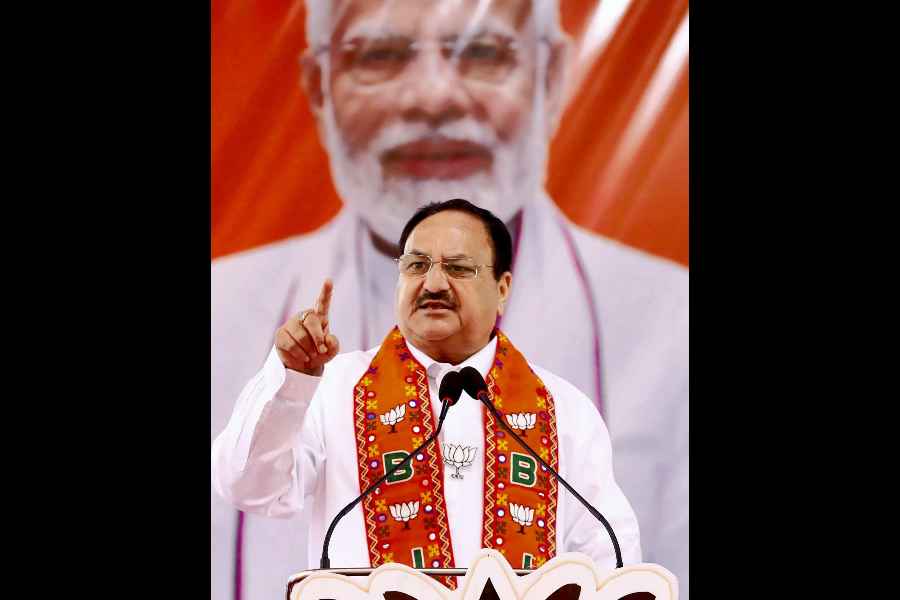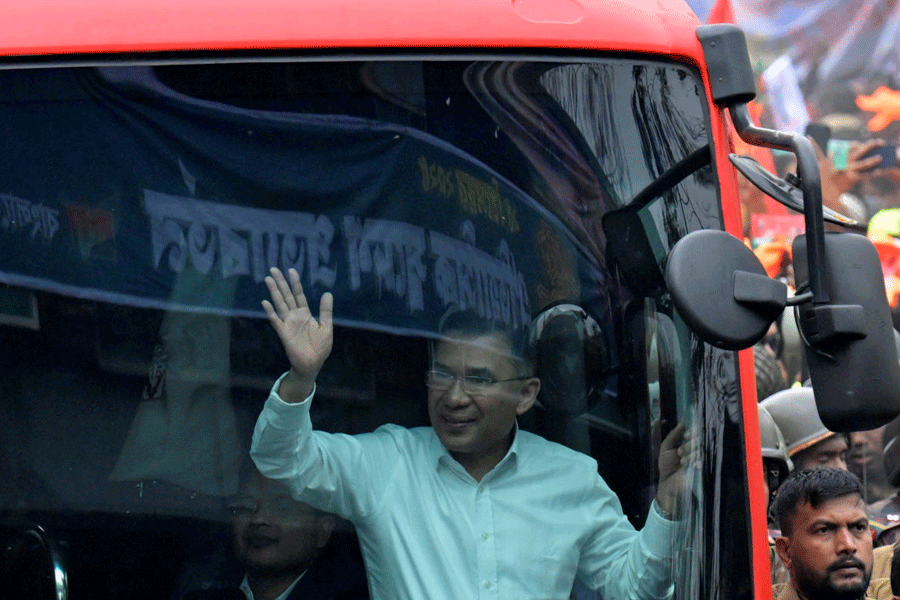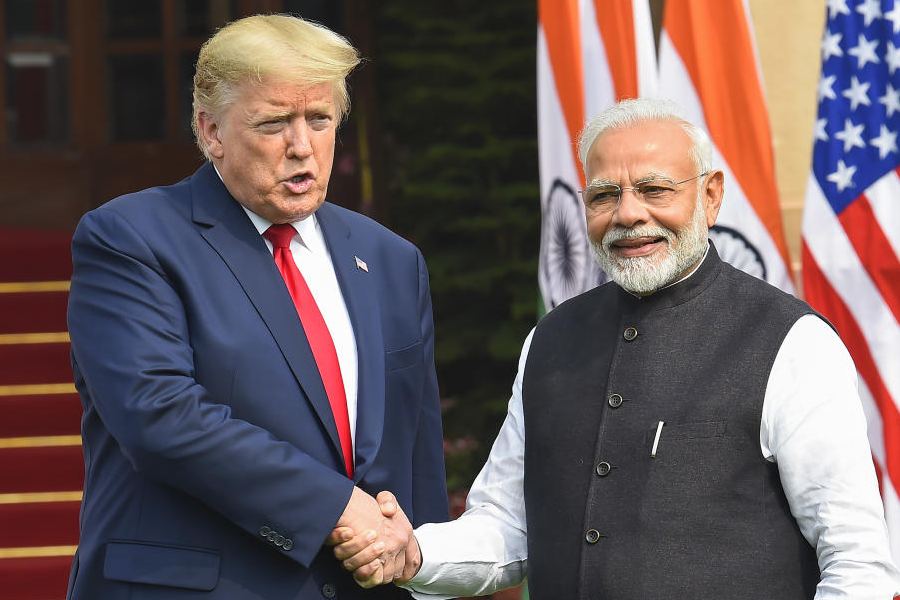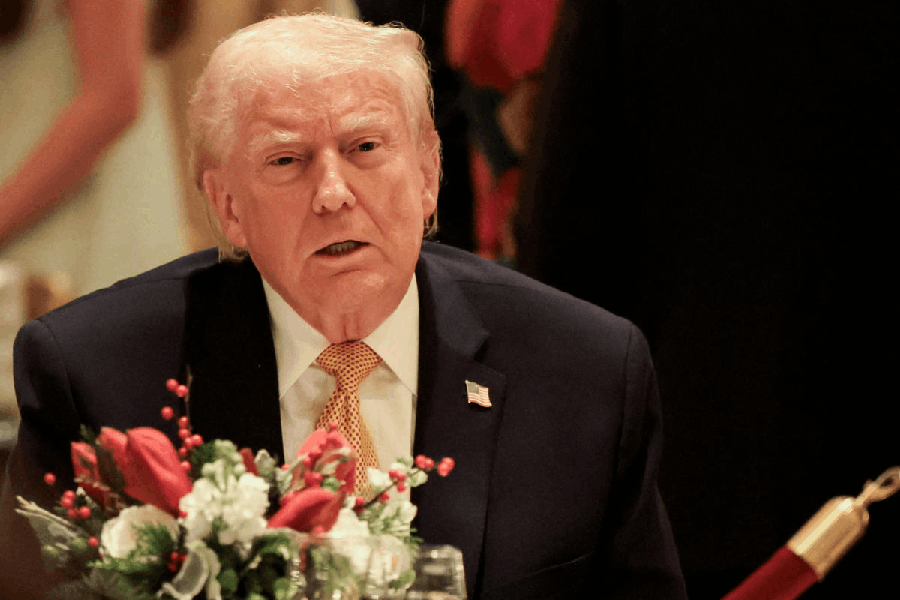 |
| Wacko-Quacko: Rajit Kapur as detective Prashant Saigal with Priyanshu Chatterjee as Arvind Rao |
Gumshuda, releasing on August 27, is a modern reworking of Arthur Conan Doyle’s The Sign of Four and director Ashoke Viswanathan is going big in Hindi, Tamil and Malayalam. A t2 chat...
Why did you decide to work on a Sherlock Holmes text?
The initial idea was to do something pan-Indian that would also have universal appeal. I thought that The Sign of Four being the only story that Arthur Conan Doyle set in India, despite never having come to India, would be the ideal framework for me to take off. It’s not a kind of translation of the story onto the screen. Doyle was very malleable in terms of adaptation.
How much of the original story have you retained in the film?
The actual story is about the Agra treasure. It moves to London where Sherlock Holmes lives and where the final denouement happens. In the film, London has become Shillong. Agra remains Agra and I’ve transposed the Andamans to the Bastar village in Madhya Pradesh. I’ve modernised the story because it belongs to a certain period of time but have left the historical backdrop as it was, to build in a sense of history.
The story enables me to delve into the cinematic dream that I’ve tried to explore in several of my other films as well. The detective Prashant Saigal (played by Rajit Kapur), modelled on Sherlock Holmes, is not a cocaine addict as in the original but an alcoholic.
I wanted to create a text where the real events merge into the surreal ones. They wouldn’t simply be hallucinations of the detective but events that could be interpreted by the audience as either dream or reality.
So how does your story go?
Anisha (Simone Singh) is a nightclub singer whose father had disappeared many years ago and although that wound hasn’t healed, it’s not fresh in her mind. All of a sudden, she starts receiving diamonds by post. She is bewildered when she finds out they are not fake. It leads her on a trail with Prashant to uncover truths unknown to her.
 |
| Ashoke Viswanathan with Simon Wilson in Shillong |
How much of Prashant Saigal is Sherlock Holmes?
My detective is modelled on the essential framework of being able to make deductions on logic but there’s a difference in the characterisation. Prashant is cynical about man-woman relationships. There are flashes of his past and his dream moments that contribute to his cracking the puzzle. He’s prone to losing his temper on himself, talking to himself. He’s supremely generous and very good to women although he has no romantic relation with the central lady character.
Unlike Jeremy Brett’s interpretation of Sherlock Holmes in the BBC series, I’ve made Rajit Kapur more idiosyncratic. There’s a slight sardonic streak to him. Contrary to Holmes and Watson’s rapport, Prashant and his associate Arvind Rao (Priyanshu Chatterjee) share an equal relationship. Prashant calls Rao ‘Quacko’, Rao calls him ‘Wacko’.
Why did you pick Rajit Kapur who already bears a strong Bomkesh Bakshi stamp?
Why just Bomkesh? Rajit is also a Shyam Benegal actor where he’s very unlike Bomkesh. I needed a detective who would be eccentric, not the Pankaj Kapur-type but someone who could be vulnerable at times. I found that in Rajit. As Prashant, he looks different, more urbane, uses a lot of English and Urdu and also has many disguises.
Who else do you have in the cast?
We have Raj Zutshi doing a double role. For Rao I wanted somebody who looks good on screen and can carry that sardonic wit. Priyanshu, I thought, was ideal for that. Simone Singh plays Anisha. Victor Banerjee plays a significant role of a dark and shadowy character called Jalaluddin. Sudip Mukherjee plays a boxer-turned-security guard. There’s Rachna Shah who acted in Bappaditya Bandopadhyay’s Houseful, and Anup Hazarika, a leading actor in Assam. My father (N. Viswanathan) plays a role and has also written the script. The film is produced by Unilux; their third film after Anjan Dutt’s Chowrasta and Arjun Chakraborty’s Tolly Lights.
You also have the former British deputy high commissioner Simon Wilson...
Yes. It’s an unexpected scene where Simon appears as a Sherlock Holmes avatar. Since Rajit is an adapted version of Holmes, Simon is an archetype of the detective we have in our consciousness who provides a vital clue to the solving of the mystery.
Simon had done some research for the film for me — on the genesis of the novel, The Sign of Four, and why at that time a detective would have cocaine without any moral hang-ups. He got me a lot of material that was not available on the Internet and helped source authentic 19th century costume from London that Sherlock Holmes could wear in my film. He told me that he had performed on stage in England and I thought of auditioning him because I needed someone who could talk with that accent and look the type with his pipe and hat. We shot the scene in Shillong and even though Simon didn’t have any cinema experience, he measured up quite well.
Music-wise, what did you want from Bickram Ghosh?
Bickram adds a funky aspect to the film. Even if there’s action, it’s in the spirit of fun. I thought Bickram would be able to bring that about with his sense of rhythm, use of vocals and instruments ranging from an oboe to duduk, and create that atmosphere.
Why have Tamil and Malayalam versions?
I think this film has a pan-Indian appeal and I need the Tamil audience to view this because they have a great tradition of detective fiction and comedy. Some scenes have been differently done and editing has been changed. Some dialogues and their meanings are deliberately different. I needed to translate it into Tamil to get that flavour.
The Malayali sensibility is different. For them the thriller and detection aspect is not so important. It’s more the surreal, magic-realist aspects. There’s a lot of magic in the film because we go into the past. That I thought would work with the Kerala audience. Also, Rajit is familiar there for his work in the south and I’m known a little because of my popularity in the film festival circuit there.
But why not have a Bengali version too?
Prashant Saigal is not a Bengali character. There’s a roughness to him which is not Bengali. The lines had to be spoken in Hindi, Urdu and English, not Bengali. I think the Hindi version would anyway appeal to the Bengali crowd. It’s shot in Bengal, the detective hails from Bengal even though he’s Punjabi, and the Bengali audience is quite receptive to Hindi and Urdu.
What’s the release plan?
The Hindi version will release in Calcutta, Delhi, Mumbai, Chennai, Bangalore, Patna, Shillong and 30 other cities. The Tamil version is meant for single screens in 14 district towns of Tamil Nadu, apart from Chennai, which will also have the Hindi version playing. Eleven district towns in Kerala will play the Malayalam version, while Thiruvananthapuram will also play the Hindi one.











